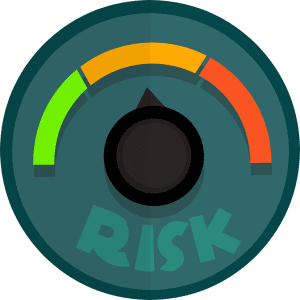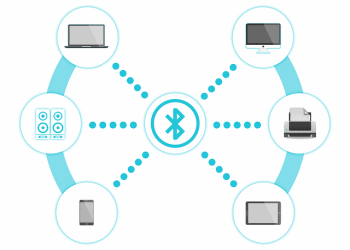Risk management is detecting, analyzing, and controlling financial, legal, strategic, and security threats to an organization’s capital and revenues. These dangers or hazards arise from several sources, such as economic instability, legal liability, strategic management failures, accidents, or natural calamities.

If an unexpected incident catches your company off guard, the impact may be tiny, such as a minor increase in your overhead expenditures. In the worst-case situation, though, it could be disastrous, resulting in a sizeable financial burden or the liquidation of your organization.
To manage risk, a company must devote resources to minimizing, monitoring, and controlling the effect of unfavorable occurrences while optimizing the impact of suitable events. A systematic, comprehensive, and integrated risk management approach can aid in determining how to identify best, manage, and reduce severe risks.
There are several benefits to using risk management services, such as the ability to monitor and mitigate risks before they become an issue. When you have a company with a high risk-level, it is essential to have a system that allows you to identify and respond to problems before they become too serious. It will help keep your business functioning smoothly, especially when a significant data breach is threatened.
Prepare the company for all kinds of shocks
A well-conceived and executed risk management services can do wonders for the bottom line. Not to mention it will give the CEO something to brag about. The most crucial task in the risk management sandbox is to acquaint senior executives with the various echelon of the company to avoid duds and snafus. A formal risk assessment will also give a firm a leg up on the competition. Keeping up with the competition is challenging, but it can be done with the right mindset. In short, there is no reason to be complacent when you have the requisite resources. The best way to do this is to ensure senior executives have a comprehensive risk assessment.
Identify dangerous behavior in real time
A company’s safety culture can be gauged by its ability to identify dangerous behavior in real-time. The best way to do this is to ensure that employees know what is necessary to make the right decisions. It includes equipping them with the tools and techniques to avoid accidents in the first place.
These techniques include using a mobile device to survey the scene or downloading hazard-reporting software. These programs can help you quickly communicate the hazards you’re trying to prevent.
Another effective method is to conduct regular risk assessments. It will ensure that you’re always keeping your finger on the pulse of the latest developments in your industry. You can also use data and trend analysis to uncover the root causes of occurrences. It may be challenging to detect risk before it reaches critical mass, but a proactive approach will help to mitigate the risk.
To ensure that your employees have a leg up on the competition, you should use the proper tools and methods to identify and control your most hazardous workplace scenarios.
Digital transformations
Digital transformation is a new business model that uses digital technologies and processes to enhance the efficiency, quality, and customer experience of all aspects of a business. It can help businesses to stay competitive in a changing market. The benefits of digitization include high costs and revenue gains.
Companies must invest in people and culture to ensure a successful digital transformation. They must be open to experimentation with new technologies and be flexible. Training is also necessary to build the talent needed for a digital transformation.
A robust digital culture helps employees to continue participating in the process while remaining productive. Employees need to understand the purpose of the transformation, why it is happening, and how it will benefit the company. It means leadership must be able to communicate effectively. Large-scale digital transformation has boosted the effectiveness of companies. For example, firms implementing digital risk initiatives can reduce operational risk costs by 25 percent. These programs can improve transparency and enhance the quality of risk decisions.
Avoid a significant data breach
You may already know that a data breach can ruin your reputation if you sell products and services. It can also cost you millions of dollars. A good response plan can help you limit financial, emotional, and legal damage.
When a company experiences a data breach, it is crucial to assess the situation quickly. It will allow you to determine what was lost, who was affected, and how to remedy it. The first step in a data breach response is identifying who was responsible. It would be best if you asked for background checks to verify that the employee has access to the data and that it is secure.
Next, you should evaluate how much data was compromised. You can use the number of records or the information’s value to gauge the breach’s magnitude. Consider hiring a security consultant if you still need to do so. They can help you investigate the incident, provide fraud prevention services, and fix security issues.





